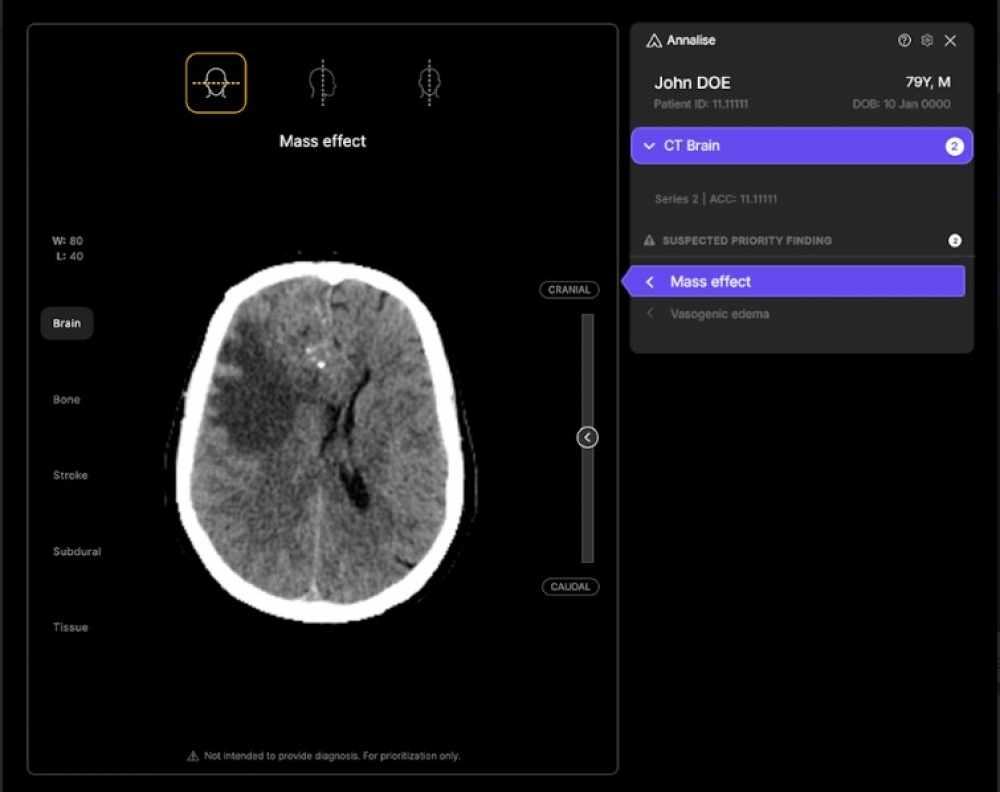Harrison.ai, a Singapore-based Australian health tech company, has raised $112 million (AU$179 million) in Series C funding. This capital will support the company's expansion into international markets, including the U.S., EMEA (Europe, the Middle East, and Africa), and the Asia-Pacific region.
Harrison.ai offers AI-powered medical diagnostic software and services to analyze CT scans, X-rays, and pathology slides. The company aims to assist healthcare professionals in diagnosing medical conditions more accurately and quickly.
The company offers two products: Annalise.ai, which works in the field of radiology, and Franklin.ai, designed for pathology. Both products aim to help clinicians diagnose conditions faster and more accurately. Harrison.ai's AI tools can aid in early detection of medical conditions, accelerate treatment decisions, and reduce patient waiting times.
Dr. Aengus Tran, CEO and co-founder of Harrison.ai, stated that the company's solutions act as a "second pair of eyes" for radiologists and pathologists, enhancing workflow efficiency and helping reduce misdiagnosis risks for serious diseases such as cancer.
Founded in 2018 by Dr. Aengus Tran and his brother Dimitry Tran, Harrison.ai has expanded internationally and is now operating in 15 countries, including the U.S., the U.K., Italy, Germany, Spain, the UAE, New Zealand, Singapore, India, Malaysia, and Vietnam.
Since its founding, the company has raised a total of $240 million and currently operates with 200 employees. It has received regulatory clearance for clinical use in 40 countries, including 12 FDA approvals in the U.S.
The new funding will be used to further develop AI automation across a wider range of diagnostic tests beyond radiology and pathology. The company claims its products can detect up to four times more findings than competitors.
Alongside the funding, Harrison.ai has introduced a new radiology model, Harrions.rad.1, a vision-language model that can answer open-ended questions and provide findings and descriptions from radiological images. This model is available to researchers, industry partners, and regulators.







